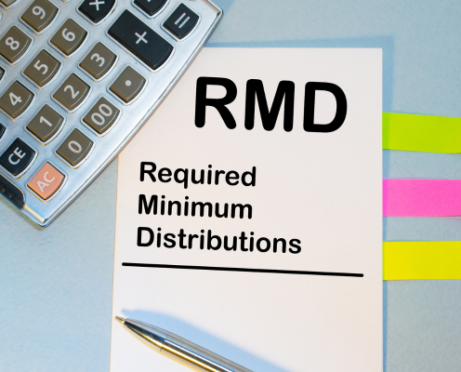
It’s so easy to say that kids don’t understand or care about money. In my limited experience, it just isn’t true. Young children and teens care almost as much as adults do. Money may not matter to them in the same way as it does to adults, but it does matter.
In fact, they’re pretty interested if you speak their language instead of lecturing them about the joys of saving for retirement starting at age 14. Here are some age-appropriate actions you can take as a parent to start teaching kids about money:
Teaching Kids About Money: Ages 5–8
Open a savings account at the bank. Also organize an envelope system for your children to budget their money. Start with three envelopes: one for giving, one for saving, and one for spending. Then give them a weekly allowance and pay them in $1 bills. Sit down with them and let them decide how much money to put in each envelope.
Take them shopping with you and make sure that they have their spending envelope. Browse the toy or book aisles and the “dollar” aisles. If they don’t have enough to buy what they want that day, offer to let them do some extra chores for money.
Being able to buy the item they want the next week will be very exciting for them.
Instead of rushing through the store, use your regular shopping trips as a fun way to help your child start thinking about buying things with a coupon or when the items are on sale.
Teaching Kids About Money: Ages 9–12
Continue with the envelope system. Increase their allowance as they get older and give them the privilege of more responsibilities around the house. This may be the time to allow them to participate a little more in family budget decisions. They can help plan the family vacation and learn how to stick to a vacation budget.
Get Prices From a Leading Provider >>
Have them cook one meal a week. Give them a budget and a basic recipe. When you go to the grocery store that week, let them do the shopping for their meal. Show them how to figure out, say, which container of sour cream is least expensive. Assist as necessary in the meal prep.
Now you have a child who can shop for ingredients, get the best deal, and cook a great meal. It’s pretty amazing when you think about it!
Teaching Kids About Money: Ages 13–15
Open a checking account and get a debit card for them. Set up a financial app on their phone or computer that will enable them to have digital envelopes for their budget.
Allow them to manage the money for their personal items like hair spray, deodorant, etc. They should also take care of the money they have to spend on recreation, like going to the movies with a friend.
Increase their allowance significantly and make them responsible for purchasing their own clothing. The first year it’s a partnership. You go shopping with them and help them spot the best deals.
Show them how to go through their closet and make sure they have basic pieces, and then add on the fun extra pieces. After the first year, or when they demonstrate that they are ready, let them handle all the details of their wardrobe.
Teaching Kids About Money: Ages 15 and Up
At this point, they may be earning money through a part-time job or a side business. Help them think through how to best manage their money, but also step back and let them do it. The best thing that could happen is for them to make a mistake. Let them!
It’s important for kids to have the space to make money mistakes before they leave home, while it’s still safe and not going to result in financial ruin for years.
If they use up their money on other priorities, they will have to skip the new athletic shoes or those extra earrings they were dying to have.








